A Beginner’s Guide to Growing Your Own Vegetables at Home
Growing your own vegetables is one of those simple joys that just feels right. You get to enjoy fresh, healthy food without the store-bought price tag. Even if you don’t have much space or experience, it’s easier than you think to get started.
I’ll walk you through the basics so you can grow good food right where you live, whether that’s a backyard or a sunny windowsill.
This post may contain affiliate links, which helps keep this content free. Please read our disclosure for more info.
Why Grow Your Own Vegetables?
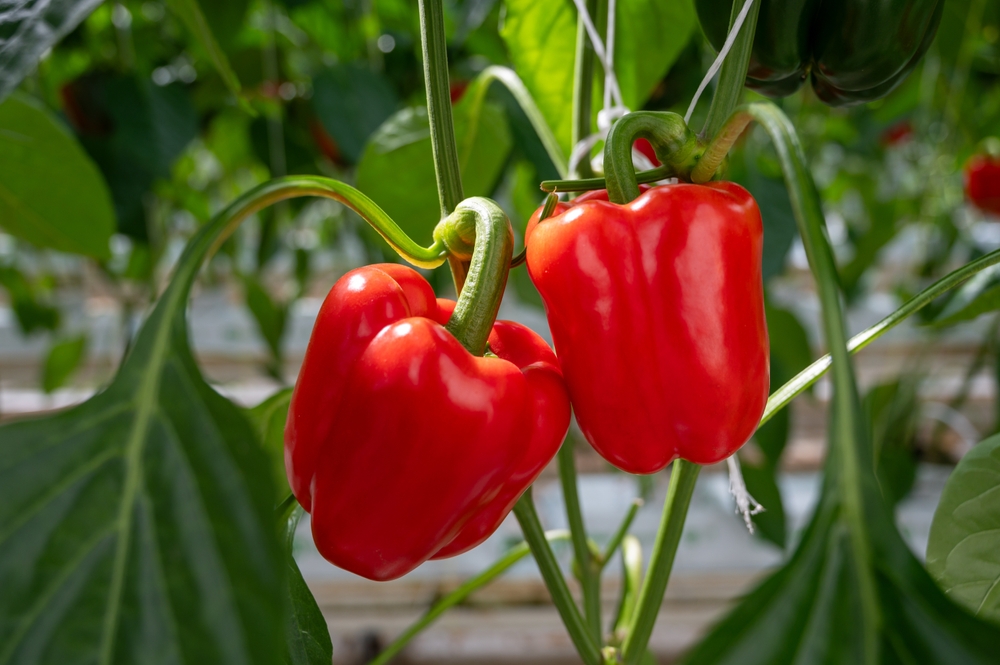
There’s nothing quite like picking something you grew yourself and putting it straight on your plate. Homegrown vegetables often taste better than anything from the store, and they’re packed with nutrients since they haven’t been sitting on a truck or shelf for days.
Growing your own also helps you save money over time. A small packet of seeds costs less than a single trip to the produce section, and it can keep producing for weeks or months. Plus, you know exactly how your food was grown, which means no surprise sprays or chemicals.
Tending to a garden can be surprisingly good for your mood. Whether you’re digging in the dirt or checking on seedlings, it gives you a reason to slow down and spend time outdoors.
Choosing the Right Location
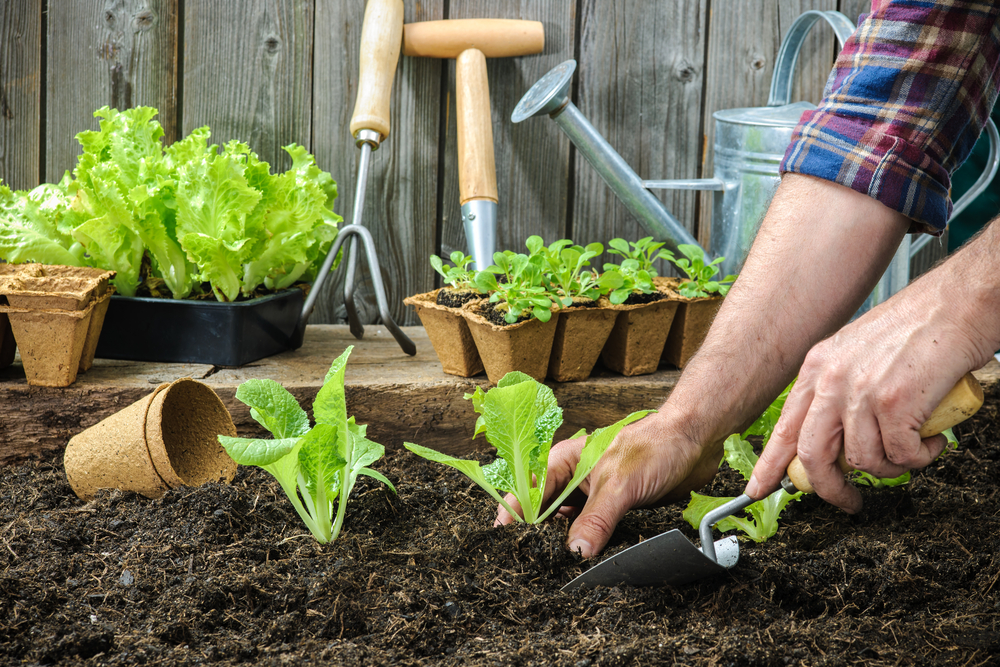
Most vegetables need at least 6 to 8 hours of sunlight a day, so the sunniest spot you’ve got is your best bet. If you’re working with a patio or balcony, you can still get great results with pots and containers.
Consider these things when choosing a place to plant your vegetables.
- Amount of daily sunlight
- Type of space: backyard, balcony, windowsill
- Soil access or container setup
- How easy it is to reach with a hose or watering can
- Shelter from the wind or heavy rains
If you have a limited space where you can plant, just do your best to place your plants where they can get the most amount of sunlight each day.
Understanding Your Climate and Growing Zone
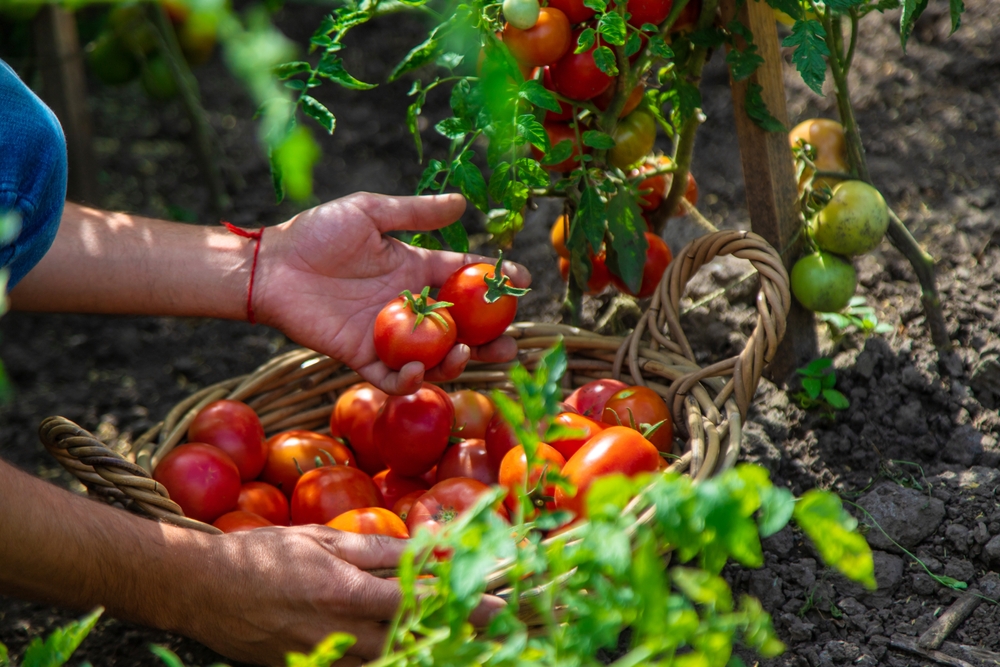
The USDA Plant Hardiness Zone Map is a handy tool that tells you what types of plants grow well in your area. It’s based on your average lowest winter temperatures. A quick online search with your ZIP code will help you find your zone.
Once you know your zone, you can figure out the best times to plant. Some crops like lettuce and spinach do better in cooler months, while others like tomatoes and peppers thrive in warm weather.
You’ll also want to pay attention to your frost dates. These tell you when it’s usually safe to plant outside and when to wrap things up for the season.
Selecting Beginner-Friendly Vegetables
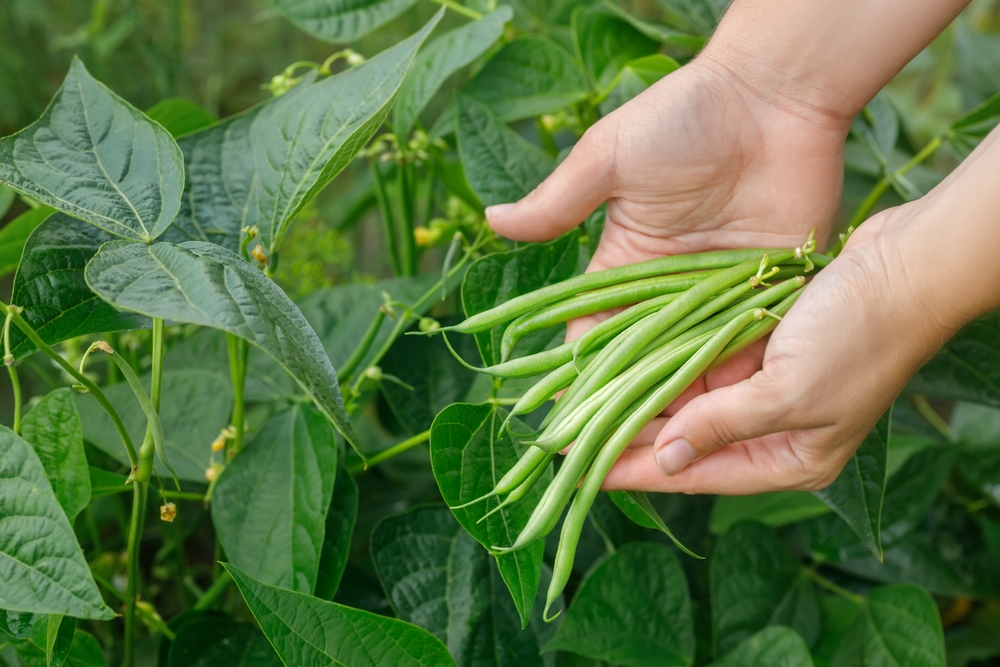
If you’re just starting out, stick with vegetables that don’t need much fuss. Lettuce, green beans, radishes, carrots, and cherry tomatoes are all pretty forgiving and give you quick results.
Some good picks for first-time gardeners:
- Lettuce
- Radishes
- Green beans
- Carrots
- Peppers
- Cherry tomatoes
Pairing plants that help each other grow can make things easier, too. For example, basil planted next to tomatoes helps keep bugs away. It’s best to skip high-maintenance crops at the beginning.
Tools and Supplies You Will Need
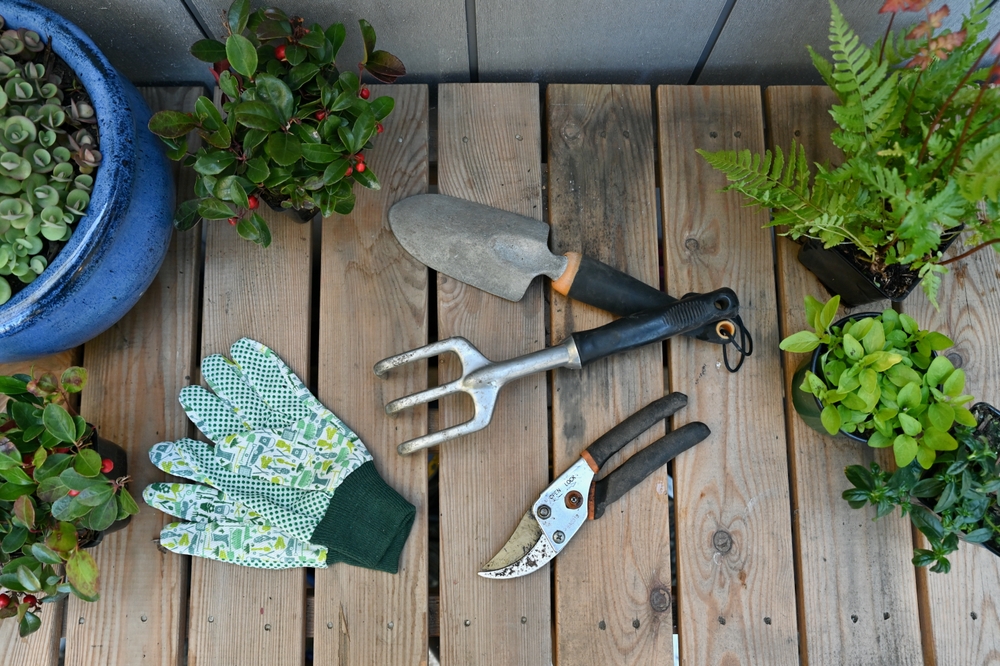
You don’t need a shed full of tools. A small trowel, a good pair of gloves, some pruning shears, and a watering can will go a long way. If you’re growing in containers, choose ones with good drainage holes.
Here are a few basic items to have on hand.
- Trowel and gloves
- Pruners or scissors
- Watering can or hose
- Raised beds or containers
- Compost, mulch, and potting mix
- Seed packets or young plants
Pick up what fits your space and budget. Many tools can be found secondhand or at local garden shops.
Preparing Your Soil or Containers
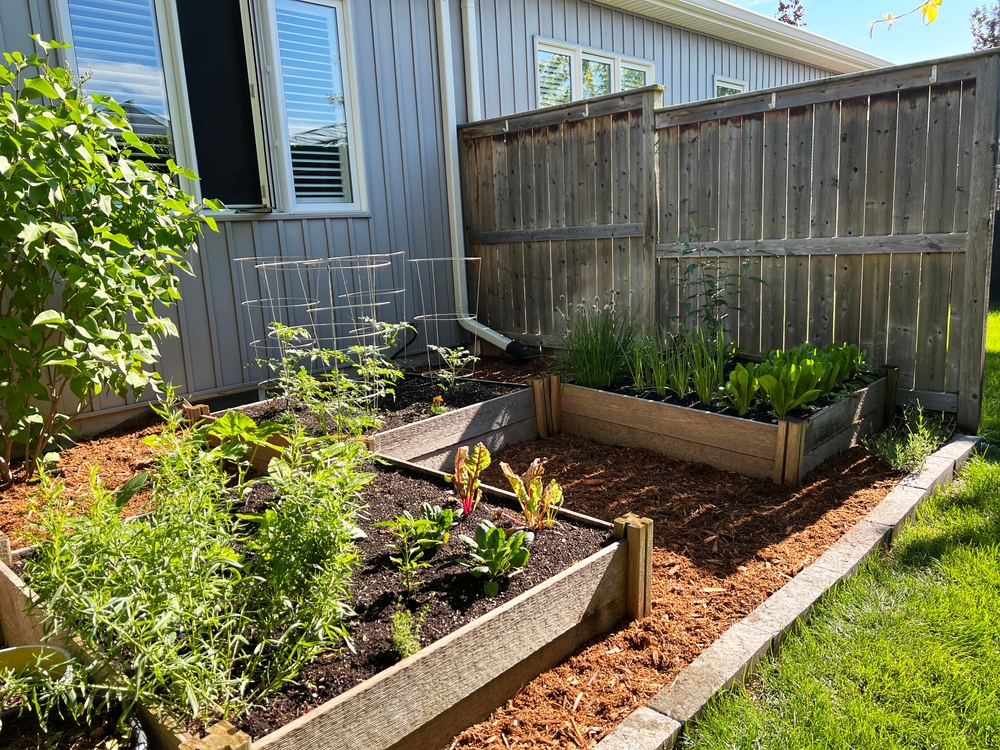
Healthy soil is the foundation of a good garden. It should be loose, dark, and full of organic matter. You can add compost or worm castings to give it a boost.
For containers, use a potting mix made for vegetables. Avoid using yard dirt, which can be too heavy and may not drain well. Skip the synthetic fertilizers at the beginning. Your plants will do just fine with natural compost.
Planting Your Vegetables
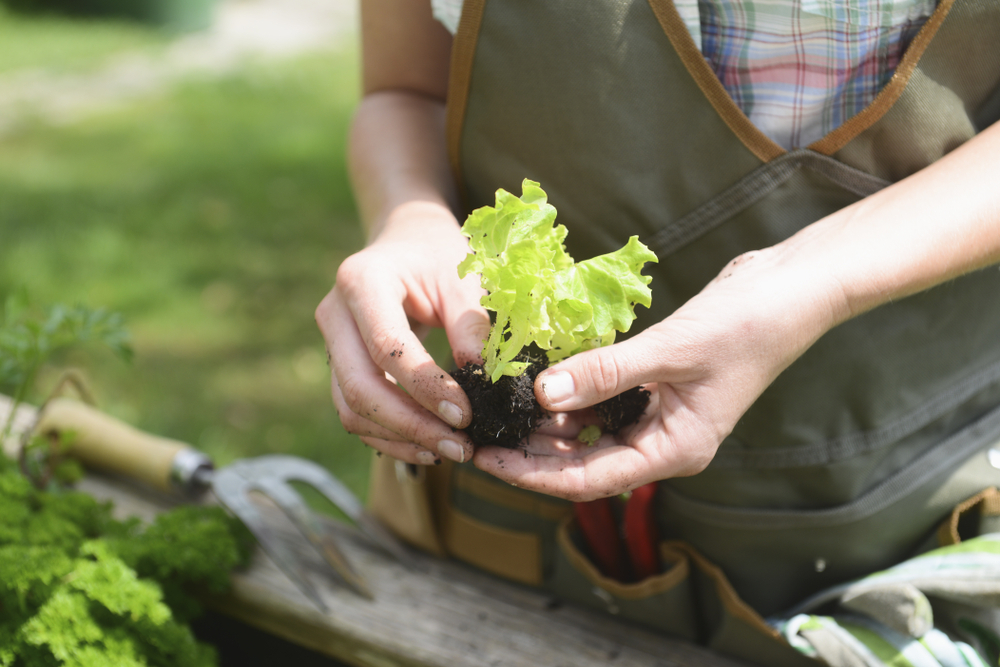
Every seed packet tells you what you need to know. Look for info on how deep to plant, how far apart to space the seeds, and how long they take to grow. It’s all right there.
- Start seeds indoors or plant directly outside
- Use staggered planting to space out your harvest
- Transplant seedlings gently by loosening the roots first
Don’t worry if you don’t get it perfect. Plants are surprisingly good at adapting and growing if they’ve got the basics.
Watering and Sunlight Needs
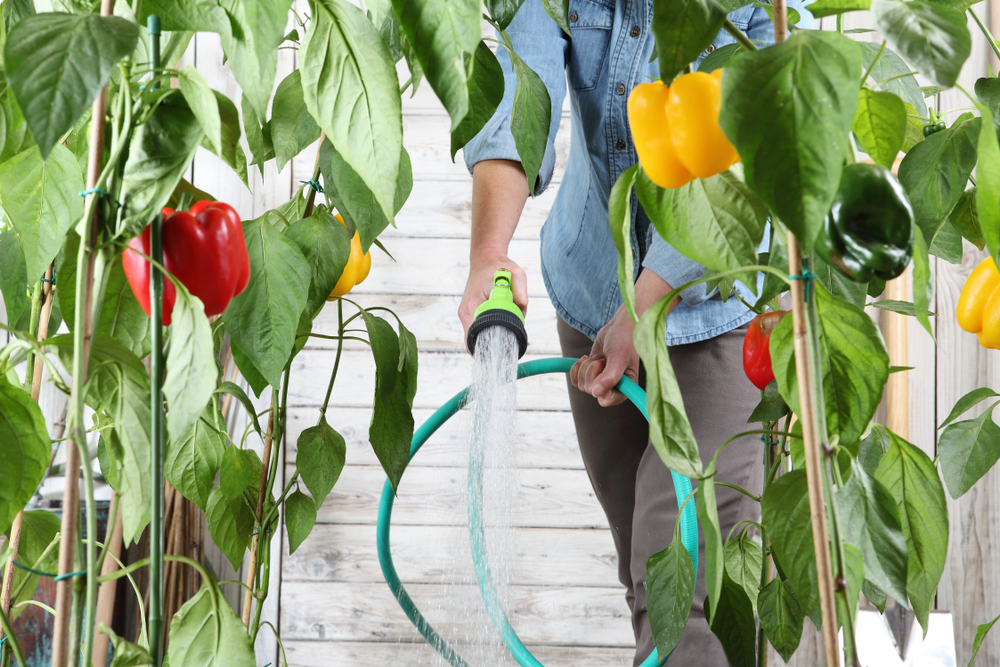
Different plants have different thirst levels. A good rule of thumb is to water when the top inch of soil feels dry. In hot weather, that might be every day. In cooler months, it might be every few days.
Here are useful watering tips.
- Water early in the morning
- Use mulch to help keep moisture in
- Watch for signs of too much or too little water, like droopy or yellow leaves
If your space doesn’t get a full day of sun, try moving containers around or trimming nearby plants that might be blocking the light.
Dealing with Common Pests and Problems
Even the best gardens run into pests. Look out for holes in leaves or sticky residue. Common troublemakers include aphids, slugs, and caterpillars.
- Some gentle pest solutions include:
- Spraying plants with soapy water or neem oil
- Using garlic or chili sprays
- Hand-picking pests early in the morning
Spacing your plants out and keeping them pruned helps airflow and lowers the chance of diseases like mildew or blight.
Harvesting and Enjoying Your Crops
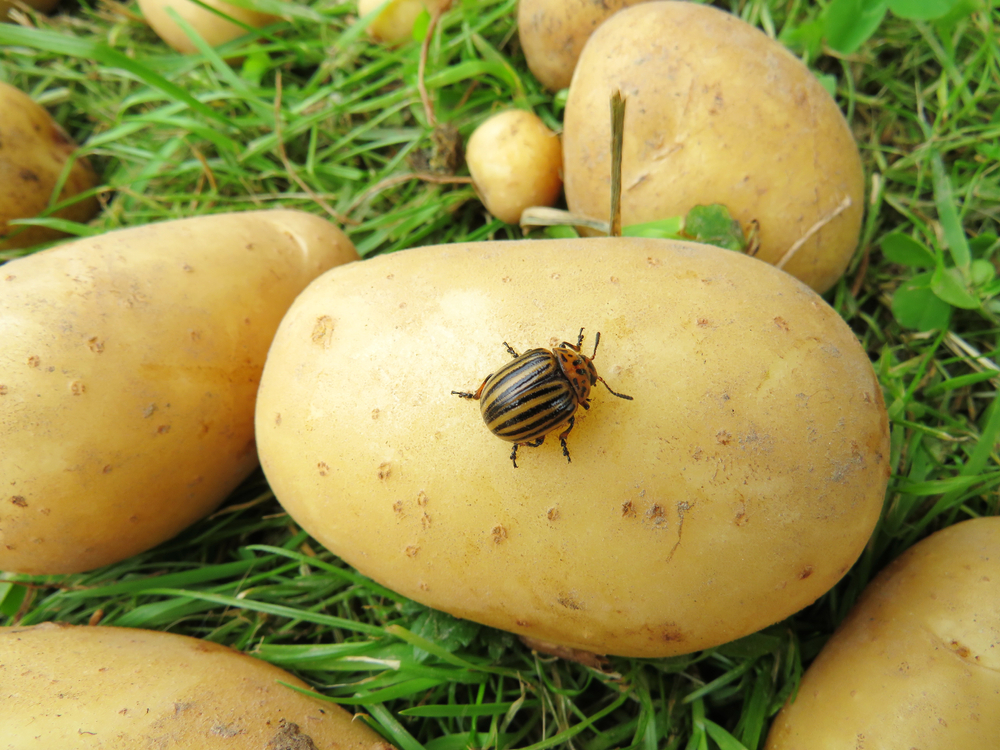
The best time to harvest depends on the plant, but most vegetables taste better when they’re picked young and tender. Try to harvest in the morning when the flavors are at their best.
Use clean scissors or small shears to snip your vegetables. This helps avoid damage and keeps the plant producing longer. Wash everything gently and store it in the fridge or a cool spot.
Common Mistakes to Avoid
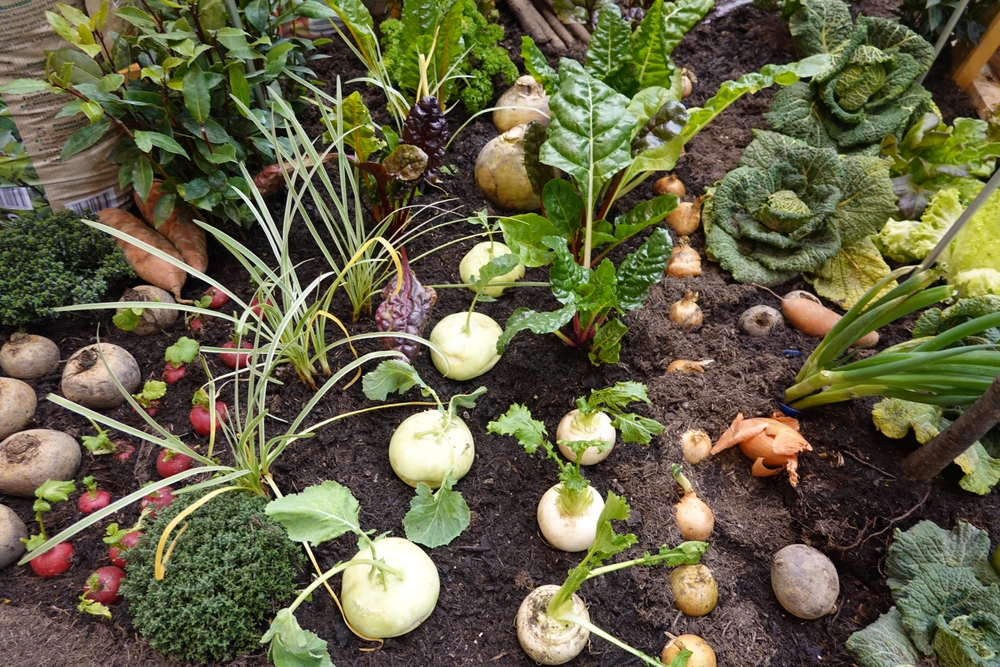
It’s easy to get excited and plant too much, too fast. Start small, and see how it goes. That way, you won’t get overwhelmed when things start growing all at once.
Here are common mistakes that beginners make.
- Planting too many crops at once
- Skipping local frost date research
- Using too much fertilizer
- Ignoring early signs of pest problems
Mistakes are part of learning. Keep going and make notes for next time.
Planning for the Next Season
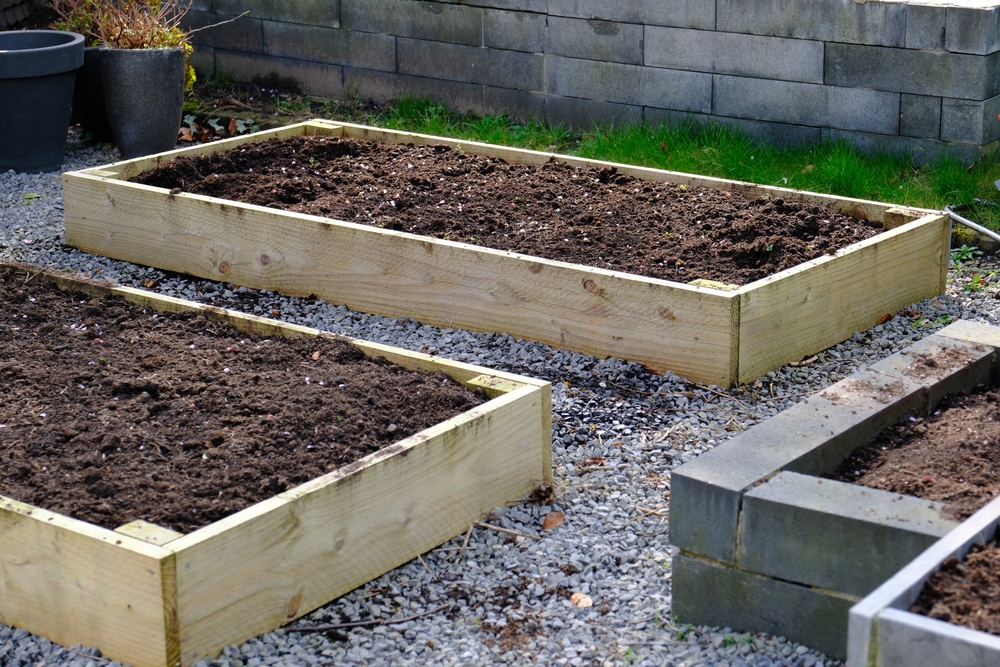
Once your garden winds down, it’s time to think ahead. Rotating crops helps keep the soil healthy and reduces pest issues. Don’t plant the same thing in the same spot every year.
You can save seeds from some of your vegetables or start composting old plant waste. That way, you’ll have healthy soil ready to go next time.
Try new veggies each year and keep a simple calendar with planting and harvesting dates. It’s fun to look back and see how far you’ve come with each season.
This article originally appeared on Avocadu.
